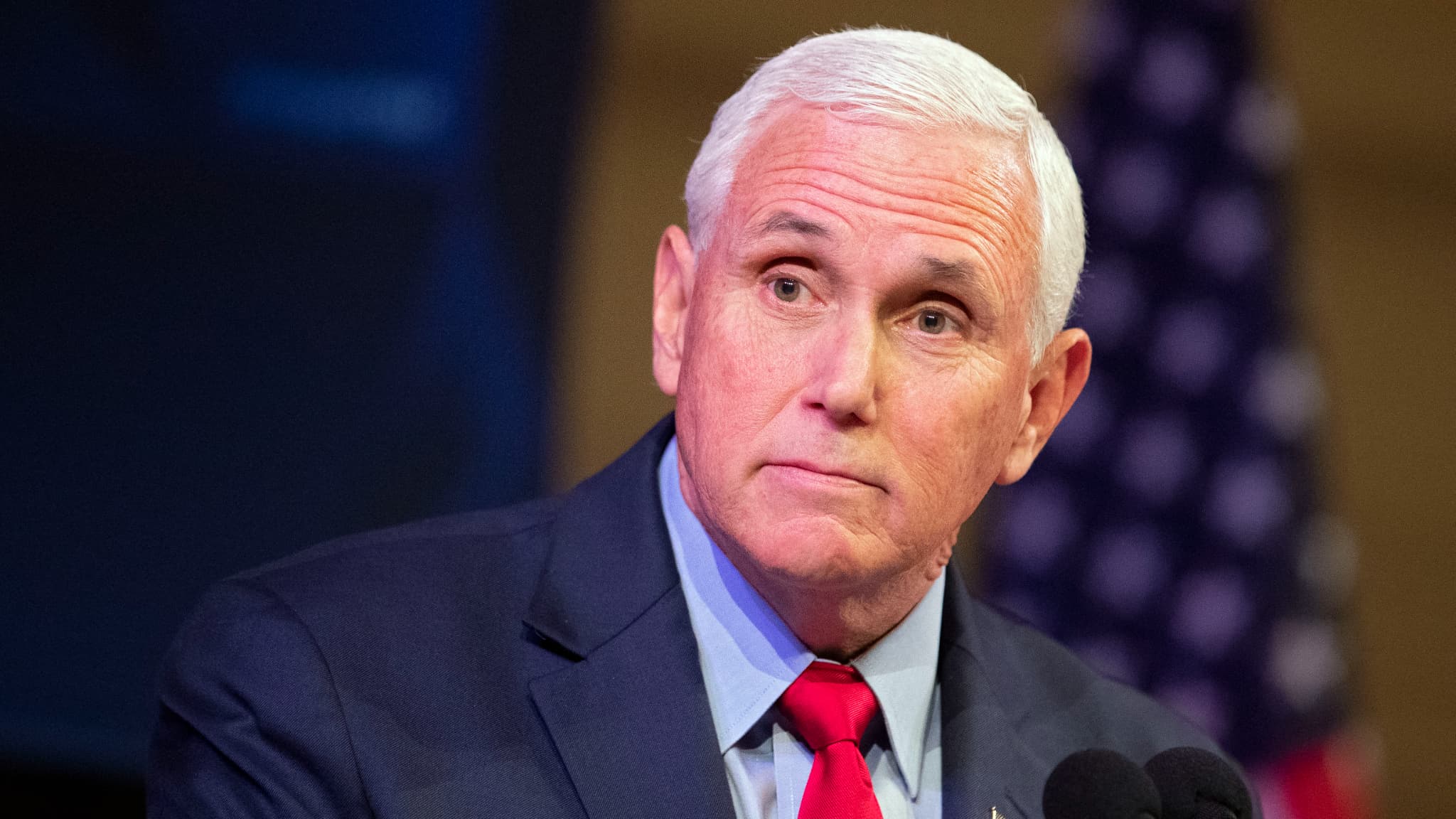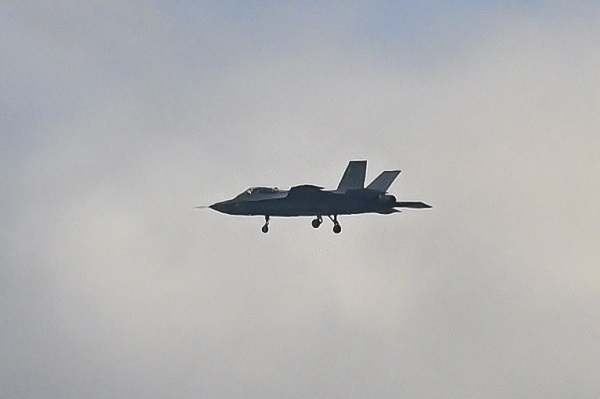Understand everything in one map

This week’s map by cartographer Delphine Pepin centers on the south of the Arabian Peninsula where Yemen is located, overlooking the Bab al Mandeb Strait, the entrance to the Red Sea.
Map on website the world here.
To the south, Yemen has a large sea front on the Gulf of Aden which opens onto the Indian Ocean. A strategic position on a maritime axis that sees 12% of world trade. In the north, the country is a few km away from Islam’s holiest city of Mecca. The name Yemen also means “right” in Arabic, as it is the right side of Mecca when facing the rising sun. Its immediate neighbors are Saudi Arabia to the north, Oman to the east, and Djibouti on the African coast. Yemen has been one of the great crossroads of trade for centuries. And if it was nicknamed Happy Arabia, it is in contrast to the desert that occupies most of the Arabian Peninsula. Indeed, the mountains and high plateaus of northwestern Yemen receive part of the summer monsoon rains before the winds from the Indian Ocean turn eastward towards India. This humid climate was therefore historically favorable for agriculture and the establishment of settlements. Two-thirds of Yemen’s population that we see in gray on our map is located here in the northwestern highlands. Another third of the population is distributed on the south bank, where the port cities of Aden or Maukalla were formed. The rest of the country is almost a desert.
Yemen is the most populous country on the Arabian Peninsula, but it is also the poorest. And it finds itself in a state of chronic underdevelopment, with much of its population on the brink of famine. This is a result of its internal political situation, as Yemen has been torn for ten years by a civil war between the Houthis and government forces. But it is also because throughout its history, Yemen has suffered from its tribal and religious divisions. There are seventy-five major tribes in the country, which divide themselves into a multitude of different clans. A third of the population is Sunni while the remaining two-thirds are Shia and more prominently Zaydi. The Houthis claim to belong to the Zaydid Imamate, a political and religious power established in the Saada region in the 9th century. The Zaydi imams try to unify the territories and soften the rivalries between the tribes. The deployment of Zaidism in the highlands allowed them to maintain their influence and protect themselves from external interference due to geography.
Because you told us that Yemen was famous for its geographical position. especially by both the Ottomans and the British after the opening of the Suez Canal. The country is then en route to India and provides quick access to the Mediterranean Sea via the Red Sea. This competition between colonial powers marked the division between North Yemen under Ottoman influence and South Yemen under British influence, and thus drew the first border in the Arabian Peninsula. This division continued even after the collapse of the empires. In 1990, North Yemen and South Yemen merged into one state and Sana’a became the sole capital. But the unity of this country has been troubled since its birth. In 1994, southern leaders tried to secede, but failed after a very deadly civil war. Ten years later, in 2004, the threat to Sanaa came from the north. It is the Zaydi Shiites, marginalized by the central state, who go to war. One of their leaders was killed by government forces, his name was Hussein al-Houthi. This is the origin of the Houthi rebellion, which then, in 2014, took up arms again when Yemen was going through a period of instability, following the Arab Spring and the fall of President Saleh. In 2014 they took the capital and were almost able to land in the Gulf of Aden. In March 2015, Saudi Arabia led an Arab coalition with the United Arab Emirates, Bahrain and Qatar to fight the Houthis. Because they all have the same objective: to prevent the creation of a Shiite state in the peninsula linked to their main regional enemy, Iran.
Facing the Houthis today is Yemen’s Presidential Council, which represents a government formally recognized by the international community and supported by Saudi Arabia. But they are essentially warlords of various Yemeni clans, and they are anything but a united entity. In this council we find representatives of the Southern Transitional Council, a political movement inherited from the two Yemeni eras. The movement called for the creation of an autonomous, independent, southern political entity. It controls several cities in the south, including the port of Aden, and is supported by the United Arab Emirates. Its association with other Yemeni forces is purely coincidental. The first ceasefire in 2022 was not renewed. Saudi Arabia started new talks with the Houthis in April 2023…





